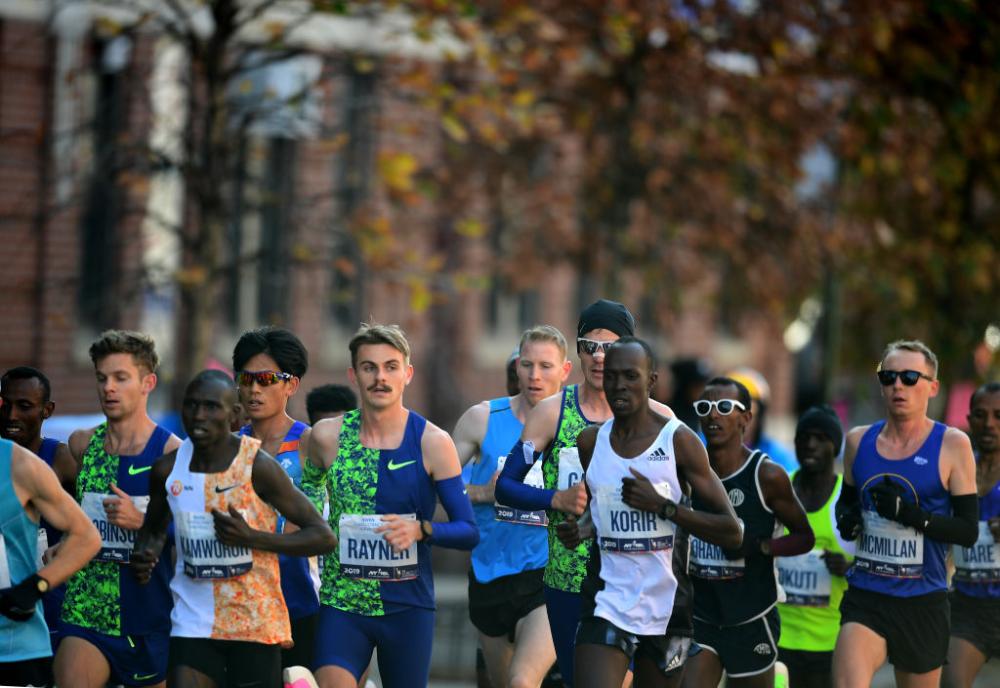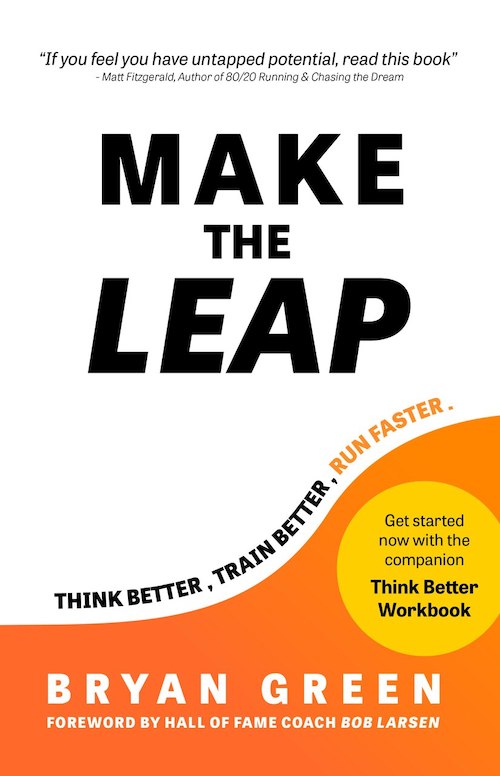There are very few marathon runners who have not experienced at least a handful of minor setbacks over the years. This is arguably why running is one of the most mentally and physically demanding sports in existence. As the majority of runners tend to espouse a highly competitive nature, it only stands to reason that this stubborn willpower alone can often lead to training issues from time to time. This is why it is important to appreciate some of the main signs that you might be pushing your body beyond its healthy limits. Let’s take a look at a handful of symptoms to watch out for.

The Presence of Mental Fatigue
Most experts will point out that one of the most common signs of overtraining involves burnout. Mental stress can have a profound effect upon performance levels and countless runners have lost competitions due to the fact that they were unable to recognise some warning signs. Typical symptoms include:
- Stress and irritability.
- Higher levels of anxiety as a competition approaches.
- Sleepless and a decreased appetite.
The main issue is that mental problems can quickly lead to physical hindrances if they are left unchecked. Unfortunately, many runners feel as if the sensations mentioned above are signs of weakness or simply another plateau that must be conquered. This is also the same reason why a certain percentage of chronic injuries can actually be avoided if the signs of overtraining are recognised at an early stage.

Recognising the Physical Symptoms
The Internet offers up a host of information on various subjects. For example, WebMD can help us diagnose illnesses while it is possible to find the best casino sites by clicking here. The same cannot be said when determining whether or not overtraining has resulted in an injury due to the fact that everyone is different. In other words, a subjective approach is required.
Even die-hard runners are still human. They are able to push their bodies to a certain point. Once this threshold has been breached, the chances of sustaining an injury become much higher. This is why even small pains and strains could be signals of a much more serious problem lurking around the corner. Some examples include:
- Shin splints
- Pain within the Achilles tendon
- Discomfort in the knees, hips and lower back
- Frequent cramping within the leg muscles
Of course, these situations can occur as the result of a particularly gruelling session. The main concern is if they become chronic in nature. Still, a runner could choose to push through the pain simply to complete a training day as opposed to taking a slight step back from the edge.
The main point is that knowing when to say when is important if you hope to take your talent to the next level. Otherwise, you are rolling the dice every time you put on a pair of trainers before heading out to the track.






















